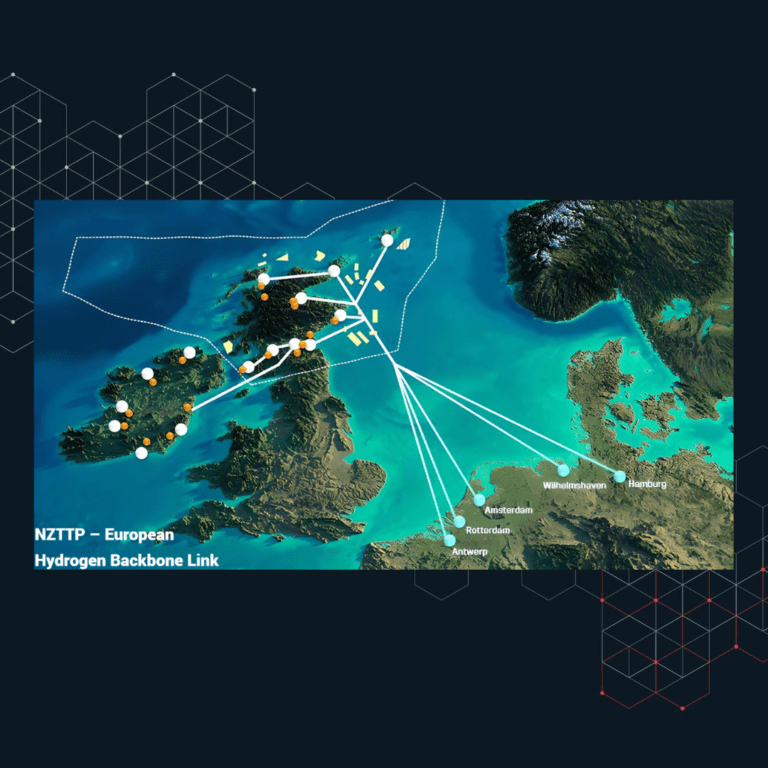Changes in the new ISO 15156:2020
Tuny Kurtulan has been busy reviewing the changes in the next NACE MR0175 revision.
NACE MR0175 and ISO15156 are identical documents, however NACE/ANSI have been delayed in the process of adopting ISO 15156 2020 as NACE MR0175. ISO 15156 2020 was issued in November 2020 and has been adopted by multiple national committees including the British Standards Institution. The USA standards body, ANSI and its designated agency, NACE, are facing delays in the adoption process due to the pandemic. In the meantime, here are the main changes for ISO 15156 2020 soon to be adopted by NACE MR0175 latest revision.
Changes in ISO 15156-1: General principles for selection of cracking-resistant materials
- New definitions of “galvanically induced hydrogen stress cracking” (see 3.14), “chemical activity” (see 3.27) and “fugacity” (see 3.28);
Definition “galvanically induced hydrogen stress cracking” lists GHSC as a type of SCC since it would raise confusion in ISO 15156-1:2015 [https://ogcenergy.com/faqwd/mp2016-02/]
- Inclusion of an expanded description on factors affecting the susceptibility of materials to cracking caused by H₂S. The expanded description includes specific guidance provided in ISO 15156-2:2020, Annex C for gas phase-containing systems using H₂S fugacity (as an alternative to H₂S partial pressure) and application of non-ideal thermodynamic rules for gas-free liquid systems. The standard now provides a less conservative option regarding H₂S pressure to evaluate the SSC which may be useful for high pressure and high temperature (HPHT) wells.
Changes in ISO 15156-2: Cracking-resistant carbon and low steels, and the use of cast irons.
- Corrections of temperature conversion for welding (see A.2.1.4), cold deformation and stress relief (see A.2.1.6), identification stamping (see A.2.1.9), tubulars and tubular components (see A.2.2.3.4), compressor impellers (see A.2.3.3.2);
- Title change from Shear rams to Rams in A.2.3.2.2;
- Addition of C110 and changes the designation of C95 to R95 in Table A.3;
- Reference change to NACE TM0316 in Table B.1;
SSC laboratory testing for sour service only, does not cover HIC/SWC test procedure and acceptance criteria.
- Addition of reference to BS 8701 in B.4.3;
- The standard OTI 95 635 which describes a test and acceptance criteria has been changed to BS 8701 for full pipe ring tests for SCC.
[https://ogcenergy.com/faqwd/mp2012-10/]
- Changes and additions to Table B.3;
- Modification of Annex C to include alternative parameters and expanded explanation for the use of chemical activity and fugacity, and to provide some general guidance for the use of thermodynamic modeling for the determination of environmental severity.
- Includes a more comprehensive approach to the H₂S fugacity effect on SSC and explains why it is a viable option in certain circumstances eg. low pressures.
Changes in ISO 15156-3: Cracking-resistant CRAs (corrosion resistant alloys) and other alloys.
- Table A.27 UNS S17400 (17-4PH SS) has new limits. The use of the alloy at the annotated environmental conditions is now limited to applications where sustained stress is no more than 50 % of SMYS.
- The use of UNS S17400 is acceptable for wellhead valve trim where the stem is subjected to higher stress levels for very short periods of time during actuation; other or longer stress duration applications are prohibited above 50 % of the specified minimum yield strength (SMYS) or 380 MPa (55 ksi), whichever is less.
- Table A.32 new limits and annotations for UNS N09946 separate from UNS N09945;
- Table A.32 — Environmental and materials limits for precipitation-hardened nickel-based alloys (II) used for any equipment or component.
- Table A.41 inclusion of UNS R55400 (new a-b Ti alloy);
- Table A.41 — Environmental and materials limits for titanium used for any equipment or component.
- Table A.3 UNS S20910 (Nitronic 50) note modifications;
- Table A.3 — Environmental and materials limits for austenitic stainless steels used as valve stems, pins, and shafts.
UNS S20910 at a maximum hardness level of 35 HRC may be used in (1) the as-hot worked condition, (2) the solution annealed condition or (3) the solution annealed condition followed by cold-working.Note that the cold worked condition shall be preceded by solution annealing.
- Tables A.22, A.23, A.26 through A.30, and A.33 temperature conversion corrections;
- Table A.23 new note for maximum design tensile stress for UNS J91540;
- Table A.23 — Environmental and materials limits for martensitic stainless steels used as wellhead and tree components and valve and choke components (excluding casing and tubing hangers and valve stems)
low-carbon, martensitic stainless steel J91540; the maximum design tensile stress shall not exceed ⅔ specified minimum yield strength or 345 MPa (50 ksi) whichever is less.
- Table A.32 newly added UNS N07718 (high strength Alloy 718, with two-step aging cycle, meeting API 6A CRA composition and a maximum hardness of 45 HRC) and UNS N09955 requirements and note letters designation changes on UNS N09925, N09935, N09945 and N09946;
- Table A.32 — Environmental and materials limits for precipitation-hardened nickel-based alloys (II) used for any equipment or component.
- Table A.40 title modification and note clarification;
- Table A.40 — Environmental and materials limits for cobalt-based alloys used as diaphragms, pressure measuring devices, pressure seals, and springs in spring-energized seals.
- Clause A.13 Cladding, overlays, and wear-resistant alloys modifications;
- Table A.18 and Table A.19 (Martensitic SS) remarks modifications;
- Table A.18 — Environmental and materials limits for martensitic stainless steels used for any equipment or components.
– Table A.19 — Environmental and materials limits for martensitic stainless steels used as downhole tubular components and for packers and other subsurface equipment
There is a new warning on limits of pH and ppH₂S regarding some combinations that might not be acceptable.
- Table A.24 Duplex SS Hot Isostatically Pressed (HIP) inclusion and remarks modification;
- Table A.24 — Environmental and materials limits for duplex stainless steels used for any equipment or component.
Maximum chloride concentration is now limited to 180,000mg/l in the cases that specified no restrictions in the 2015 version regarding chloride concentration.
- The informative Annex D, “Materials chemical compositions and other information”, has been removed due to copyright reasons;
- Additions to the bibliography.



